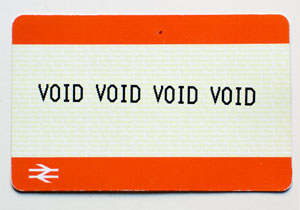Watching Lars von Trier's film The Five Obstructions (2003) last night and laughing out loud at the third Obstruction. For the film Von Trier makes an agreement with sixties film maker Jørgen Leth that the latter will remake his rather stylish/minimalist/conceptual work The Perfect Human / Det perfekte menneske (1967) five times; each version in adherence to a different set of instructions, rules or prohibitions determined by Von Trier. One rule for the First Obstruction is that Leth must use edits of no more than 12 frames, another that he must provide answers to all of the rhetorical/poetic questions posed by the voiceover used in the original version. Rules for the second obstruction include a demand that Leth go to 'an terrible place on Earth, a terrible situation' and make a version of his film there, *without* showing anything of the reality he encounters.
It's this last rule that gets Leth into trouble with Von Trier and which prompts him (already playing up as a kind of whimsical tyrant) to punish Leth. His first inclination is to tell Leth to go straight back to Bombay and simply make the film again, only this time to do so *strictly* in accordance with the rules. This seems appropriate, or predictable in Von Trier's general mode of humorous sadism, but then he chances on much a better punishment; decreeing simply that Leth must re-make the movie again, but this time with complete artistic freedom, without obstructions.
Leth's very much the star of the movie. His slightly bumbling good humour, calm and stoicism in approaching the tasks is pretty remarkable. Perhaps the most touching thing though, is watching how, in making each of the Obstructions Leth always gets inspired. Even as he works through the most miserable and tedious constrictions you always see him starting to get excited, seeing chinks of light in the darkness – always sensing the possibility that somehow, despite everything, he might just find have found a really good solution, or make a really good film.

